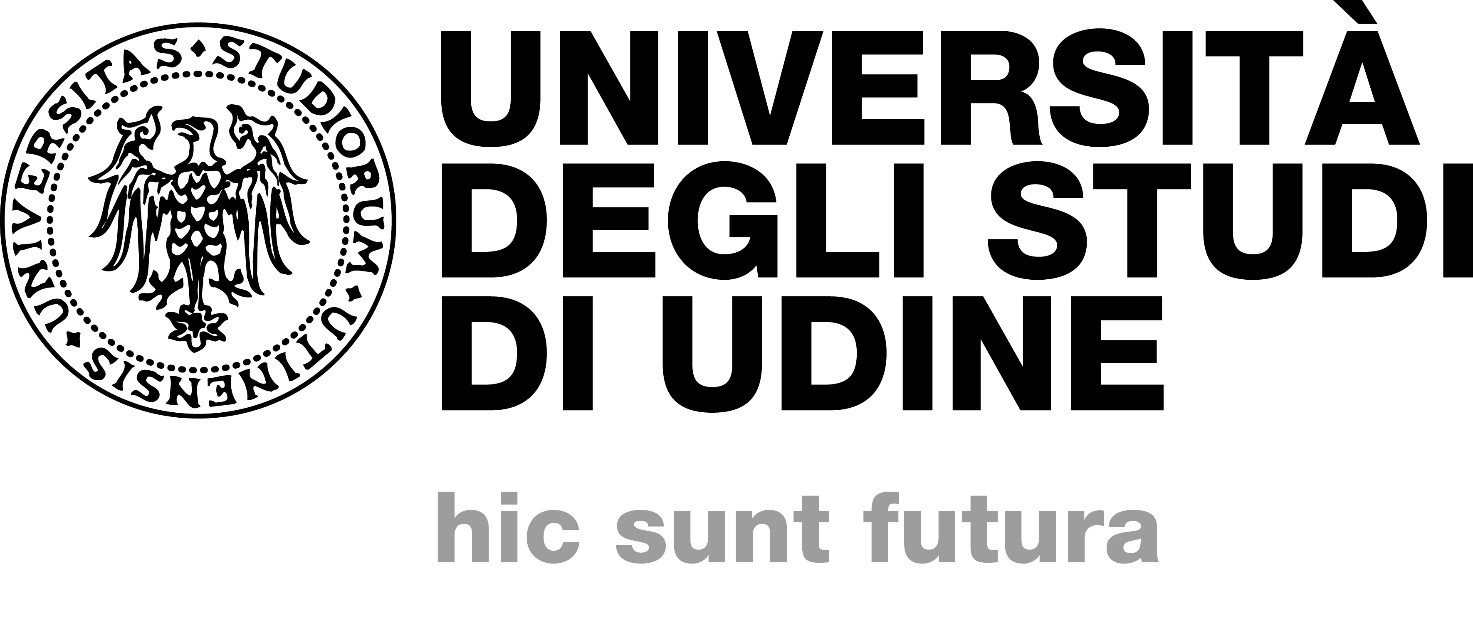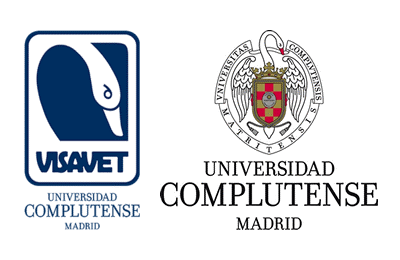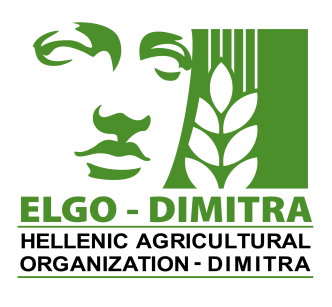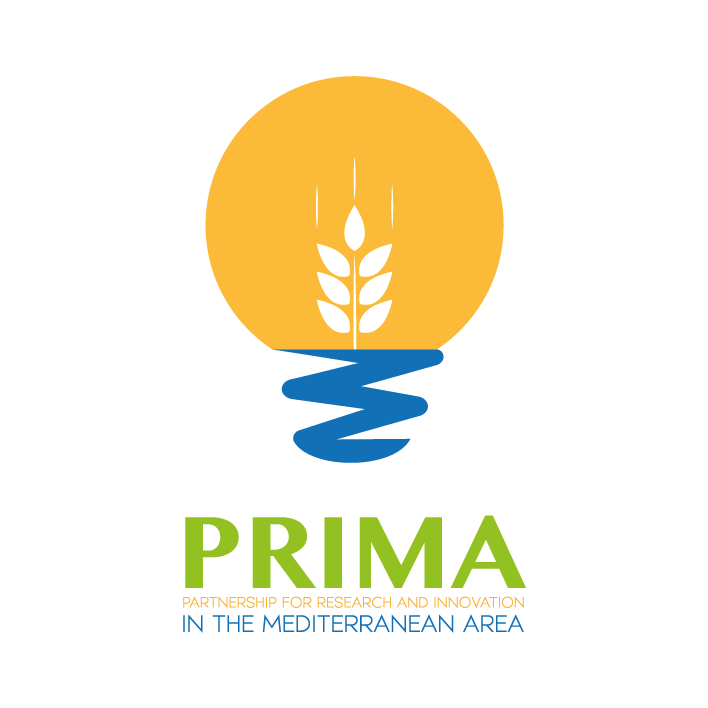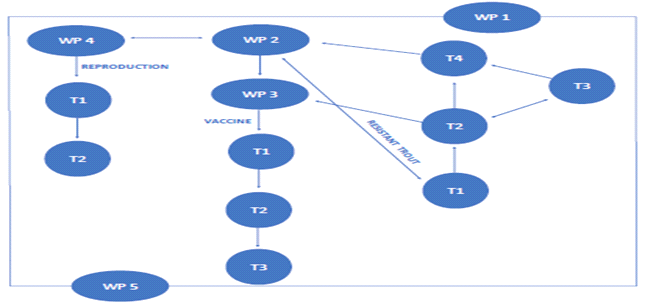
Work packages description
SUPERTROUT will be developed over a 36 months period.
The project is organized in 5 work packages (WPs), two horizontal (WP1 and WP5) and three scientific (WP2-3-4):
WP1_Management: overall goal is to coordinate, to monitor and to structure the project development, by facilitating the cooperation within and among the WPs, thus ensuring a dynamic and efficient governance of the project.
WP2_Trout genetically resistant to lactococcosis: main objective is the selection of genetically resistant trout. This goal will be achieved through: evaluation of the level of resistance of the variant 140T of MHC class II gene, challenging trout lines with different strains of L. garvieae; integration of the existing data about rainbow trout genetic resistance to lactococcosis, performing both a MHC class II based candidate gene study and a GWAS on different lines of trout belonging to natural outbreaks selected in each Partners State; evaluation of the pathogen evolution along the time in terms of molecular features, pathogenicity and antimicrobial resistance.
WP3_Recombinant-protein vaccine development: main objective is the development of a recombinant-protein vaccine. This will be achieved through the detection of immunogenic protein, the vaccine production using recombinant technology and their administration by immersion in experimental trial done to evaluate vaccine efficacy. WP3 is strictly temporally related to WP2: sera to be used for immunogenic proteins detection have to be collected following outbreaks evolution; moreover, results of pathogen characterization are necessary for the choice of the strain to be used in the experimental trial for evaluation of vaccine efficacy.
WP4_Reproductive performances improvement: main objective is the improvement of the reproductive performances exploiting the cryptic female choice (CFC) phenomenon related to MHC class II. WP4 should be considered with its own development independent of the other WPs. However, WP4 and WP2 are both focused on the study of MHC class II gene even if for different purposes.
WP5_Dissemination, exploitation and communication: the main objective of the dissemination activities will be to increase the visibility of the SUPERTROUT project on selected communities and target groups at both European and extra-European level in order to maximize expected impacts. The exploitation plan will be designed to multiply the impact of resistant genetic lines and recombinant-protein vaccine proposed to control infectious diseases in small-scale farming systems and prepare the transition to the market to fully achieve the expected impact. Communication actions will overall help to raise awareness and inform stakeholders and the interested public about the project as well as to build, manage and sustain mutually fruitful relationships with key audiences.







